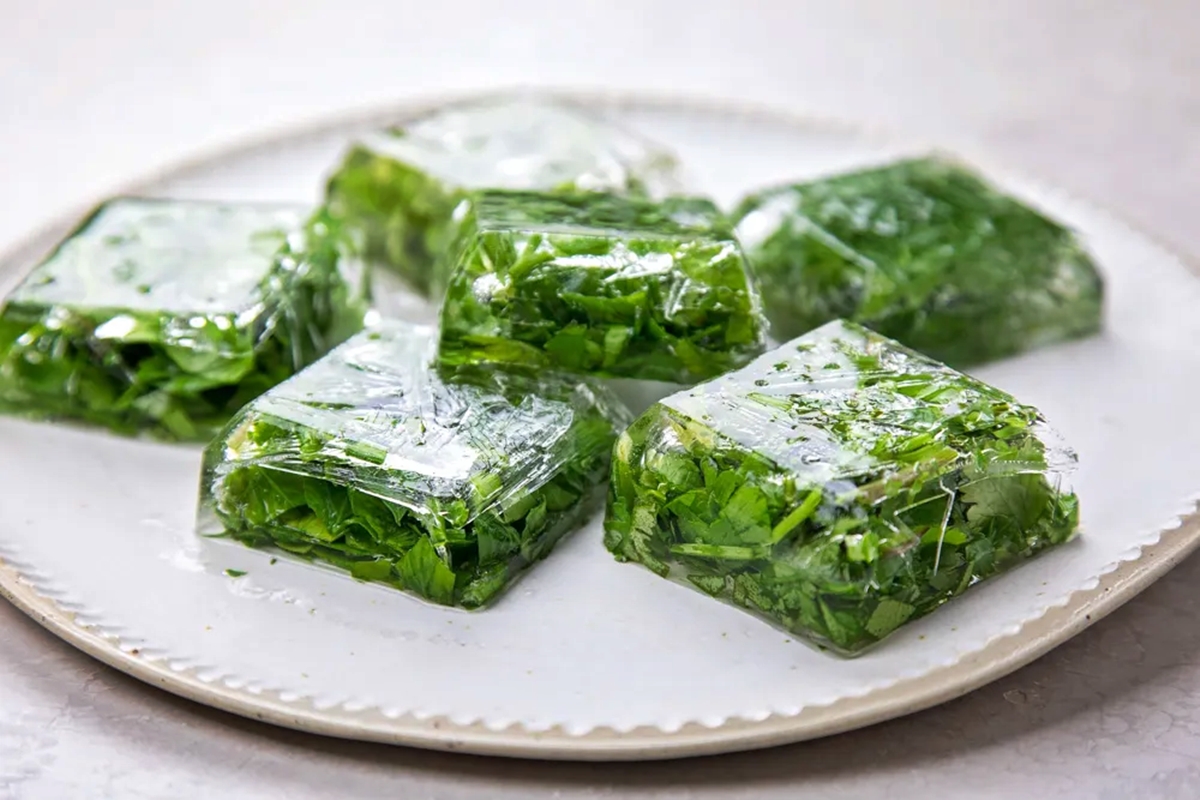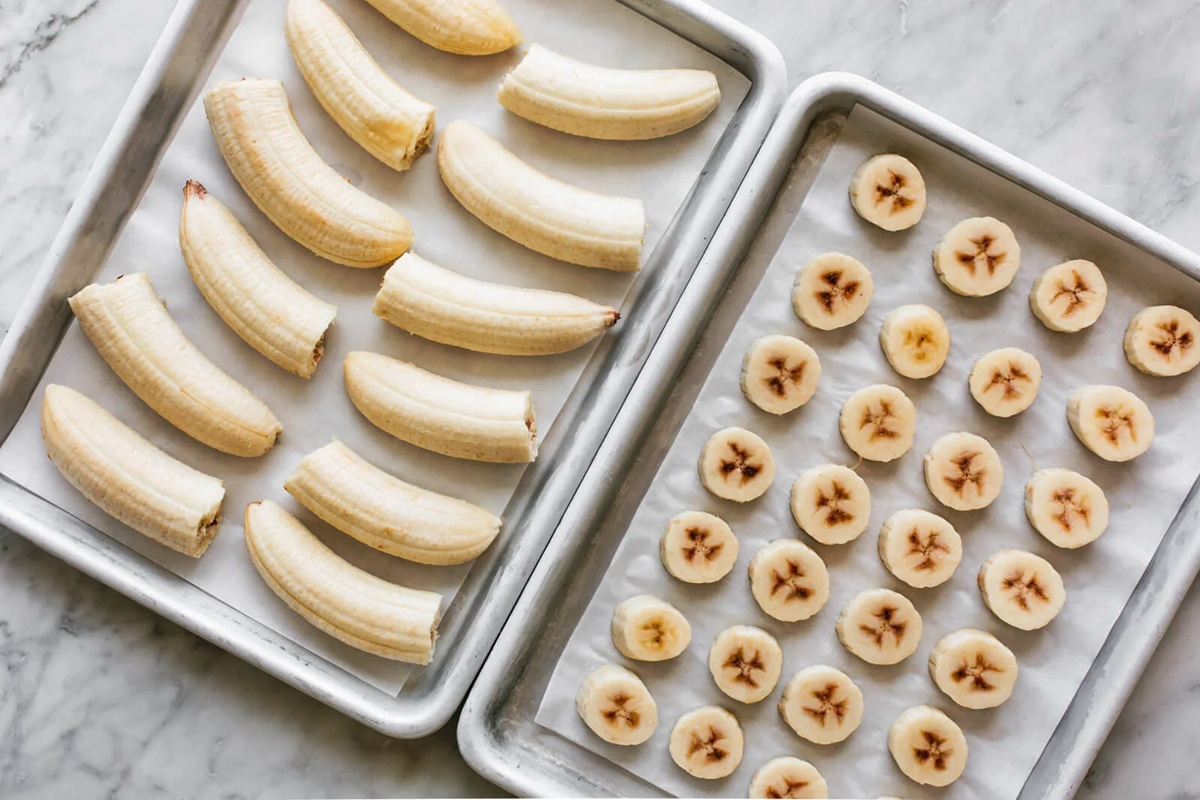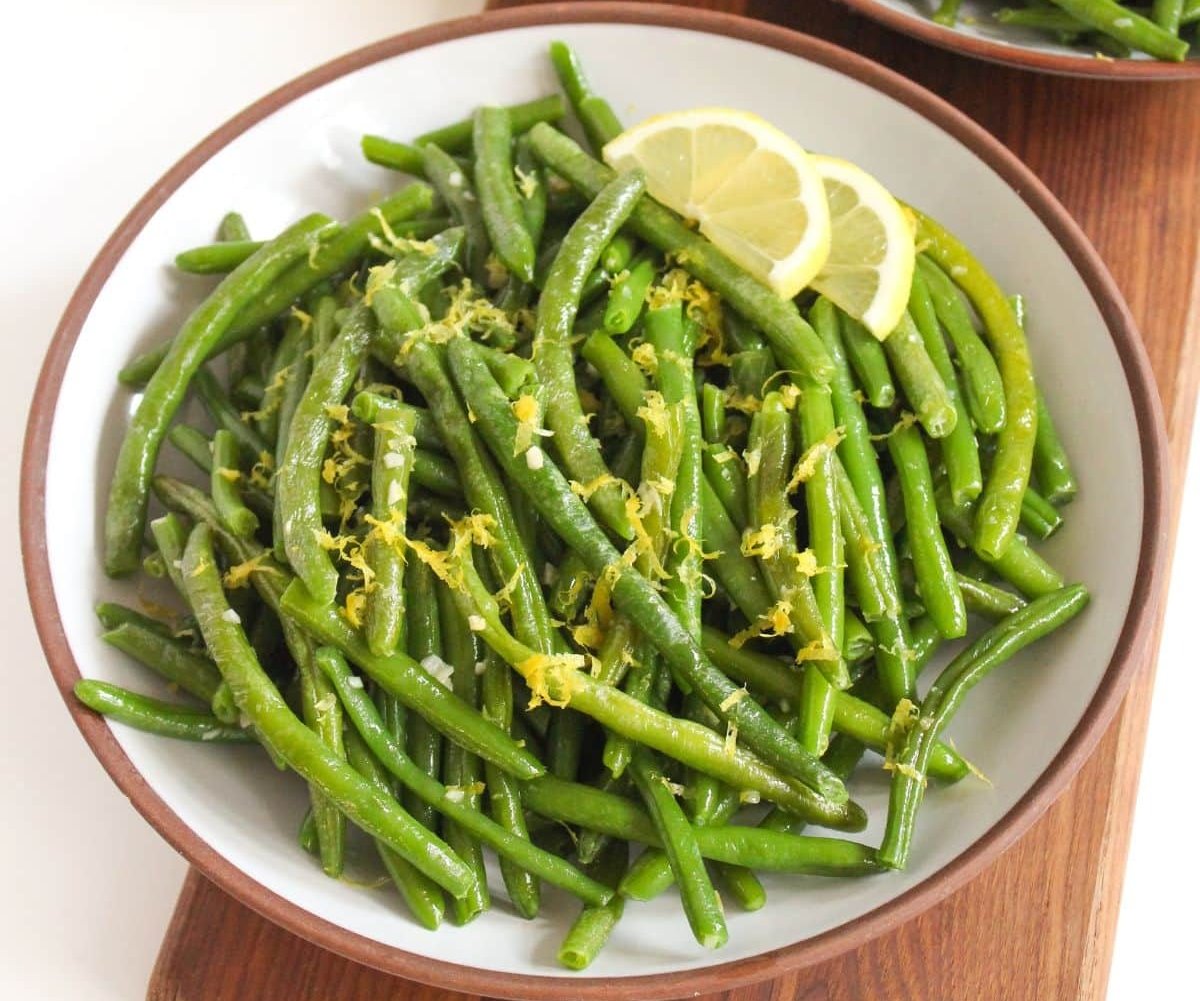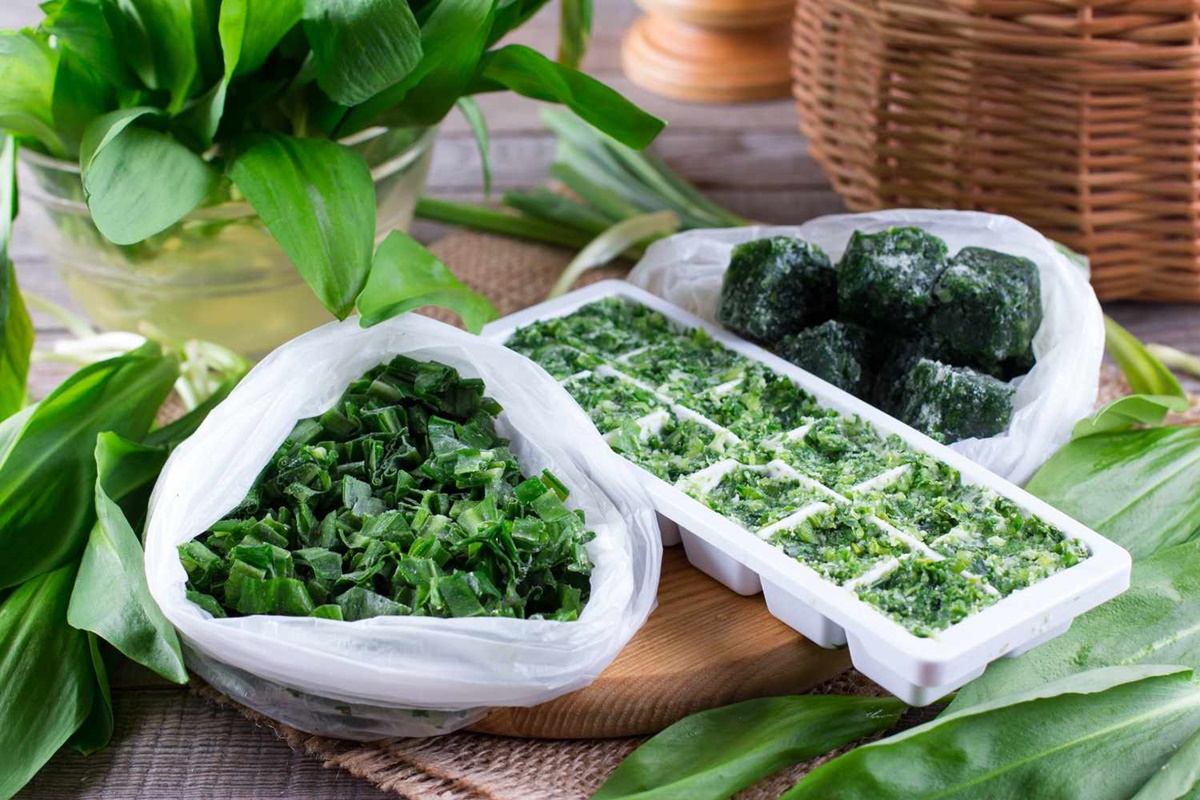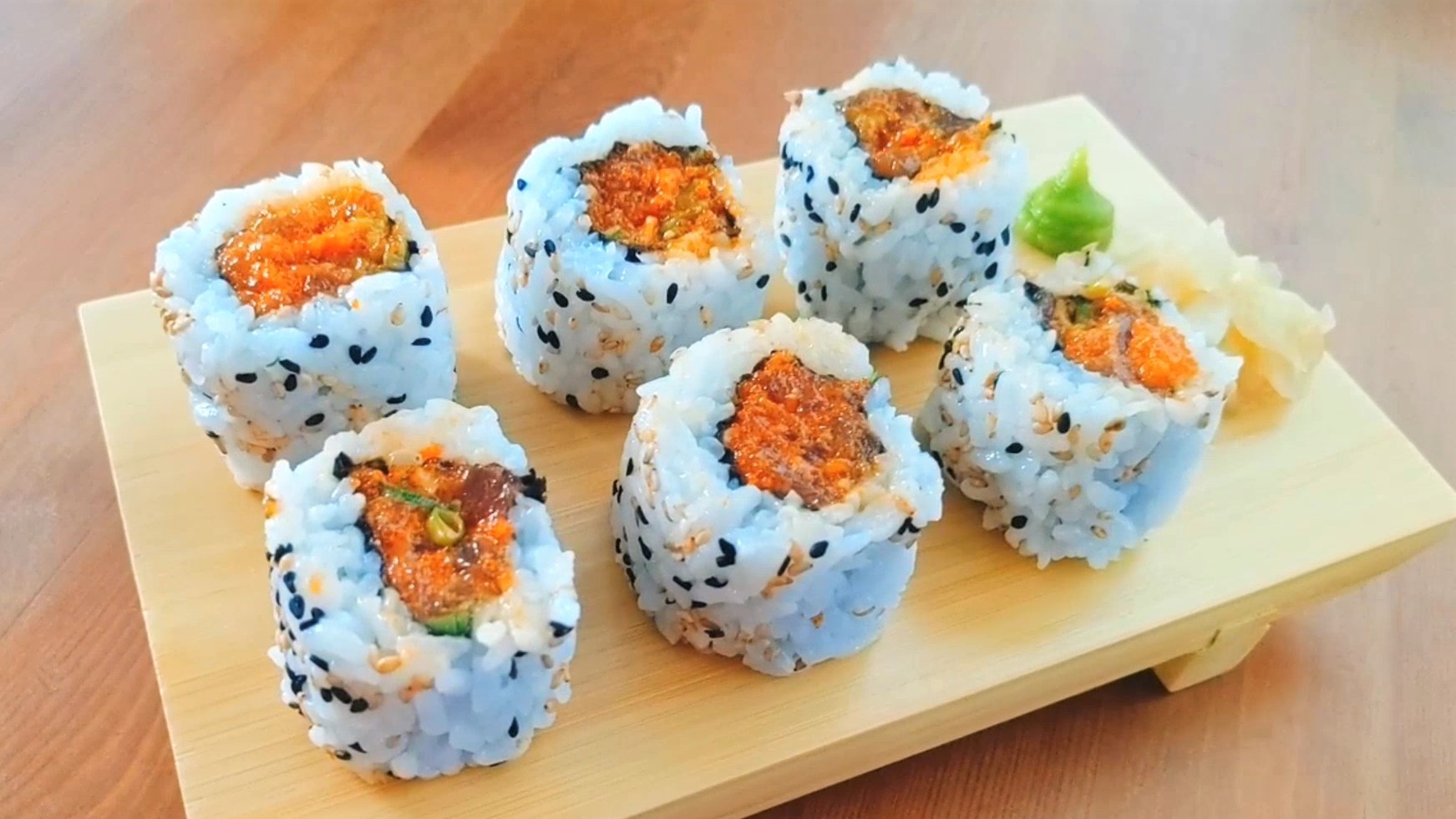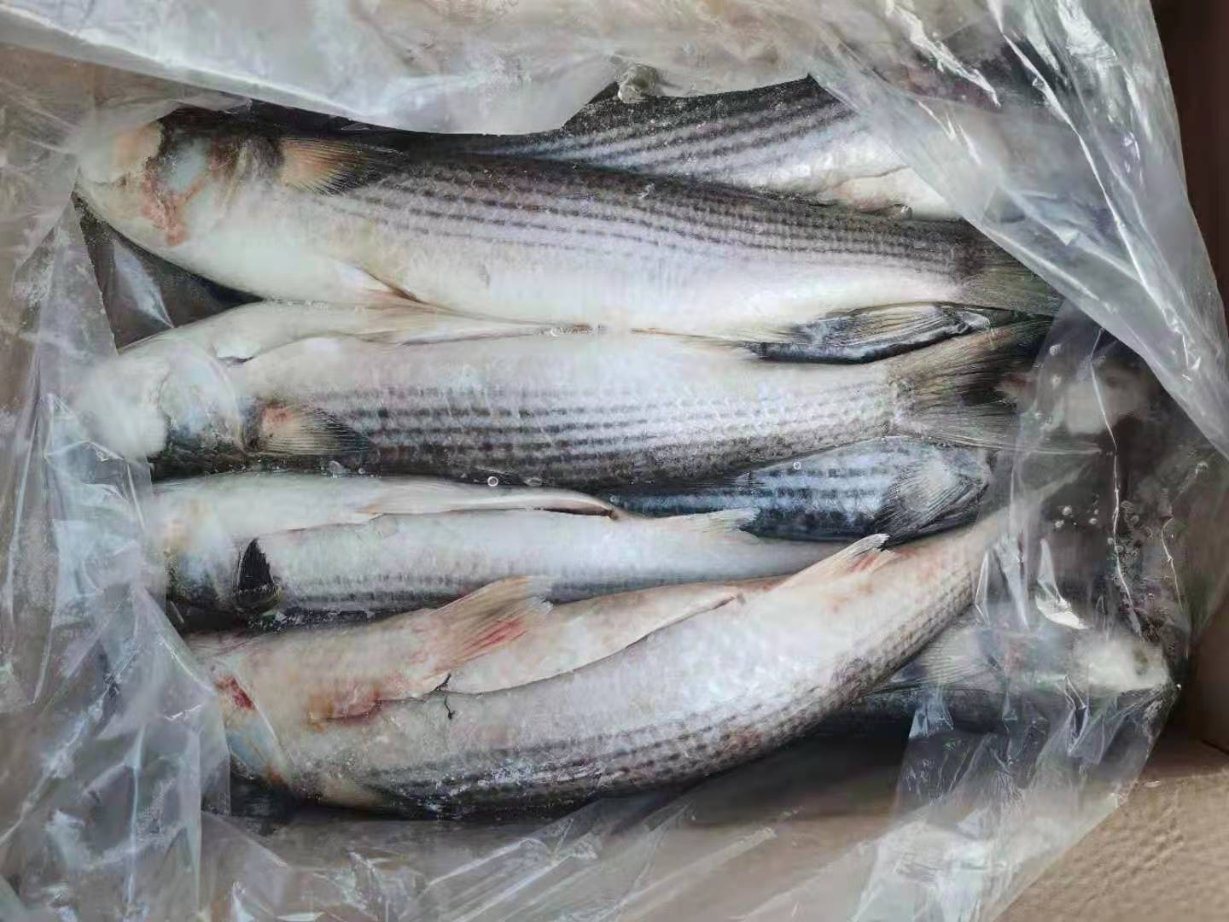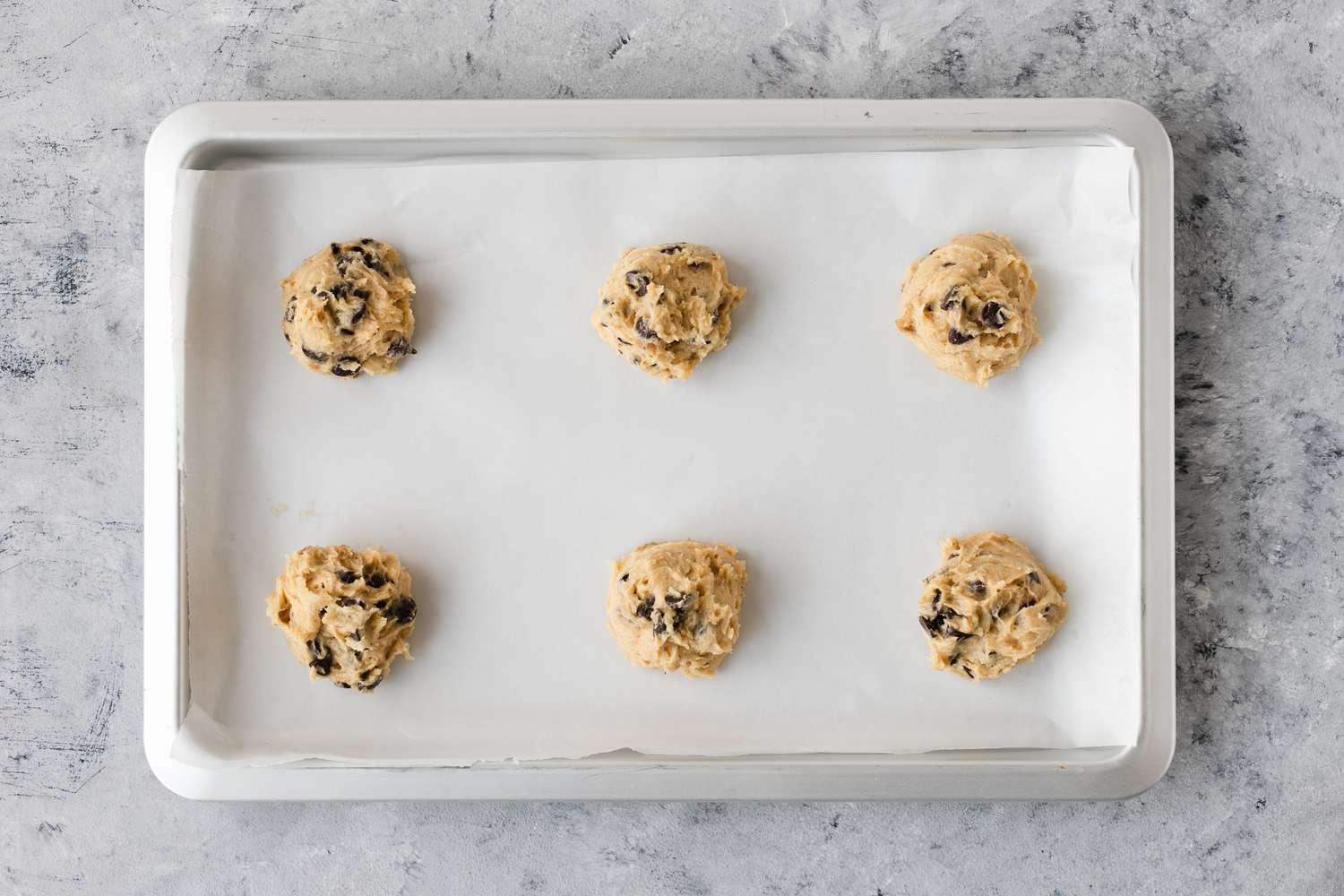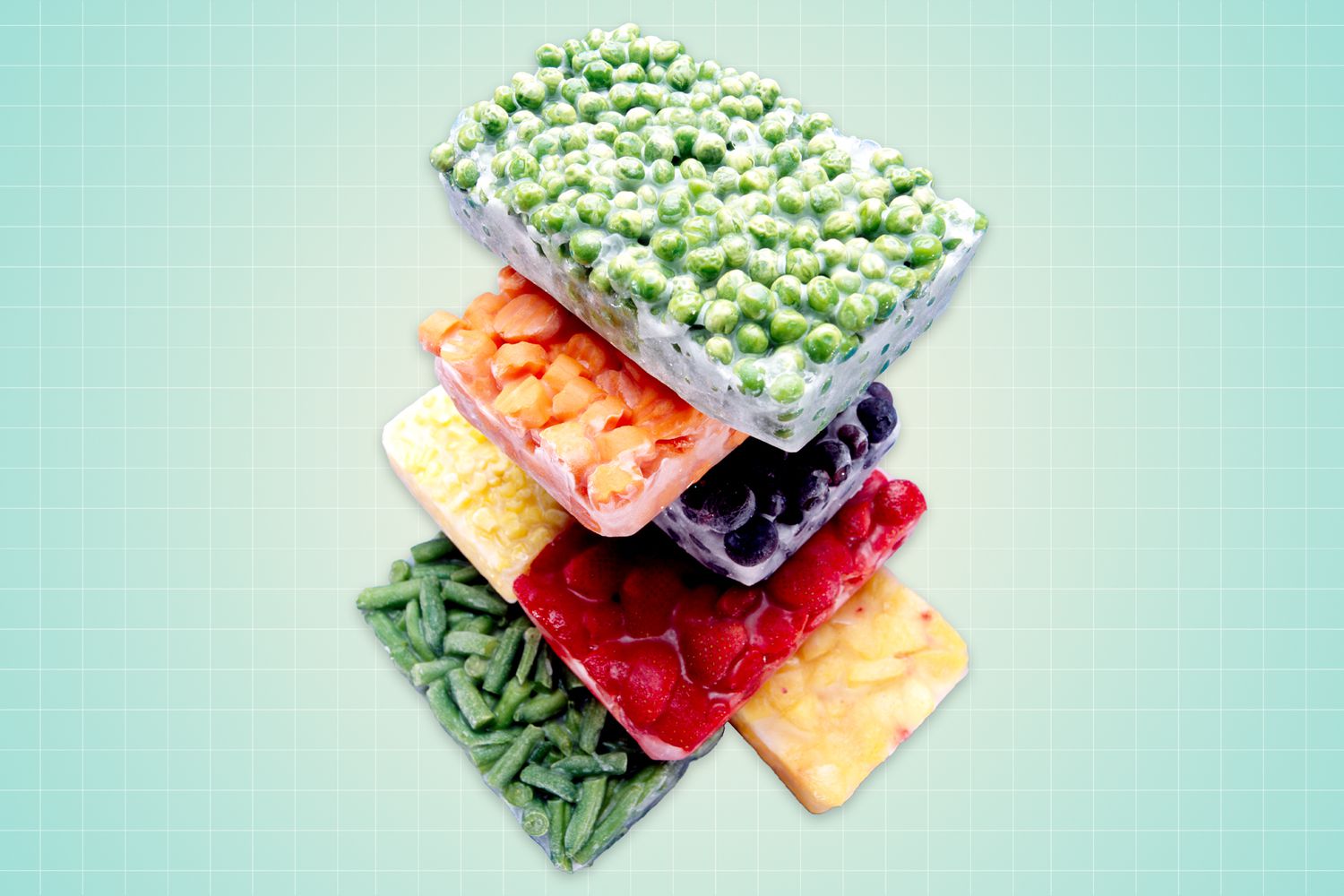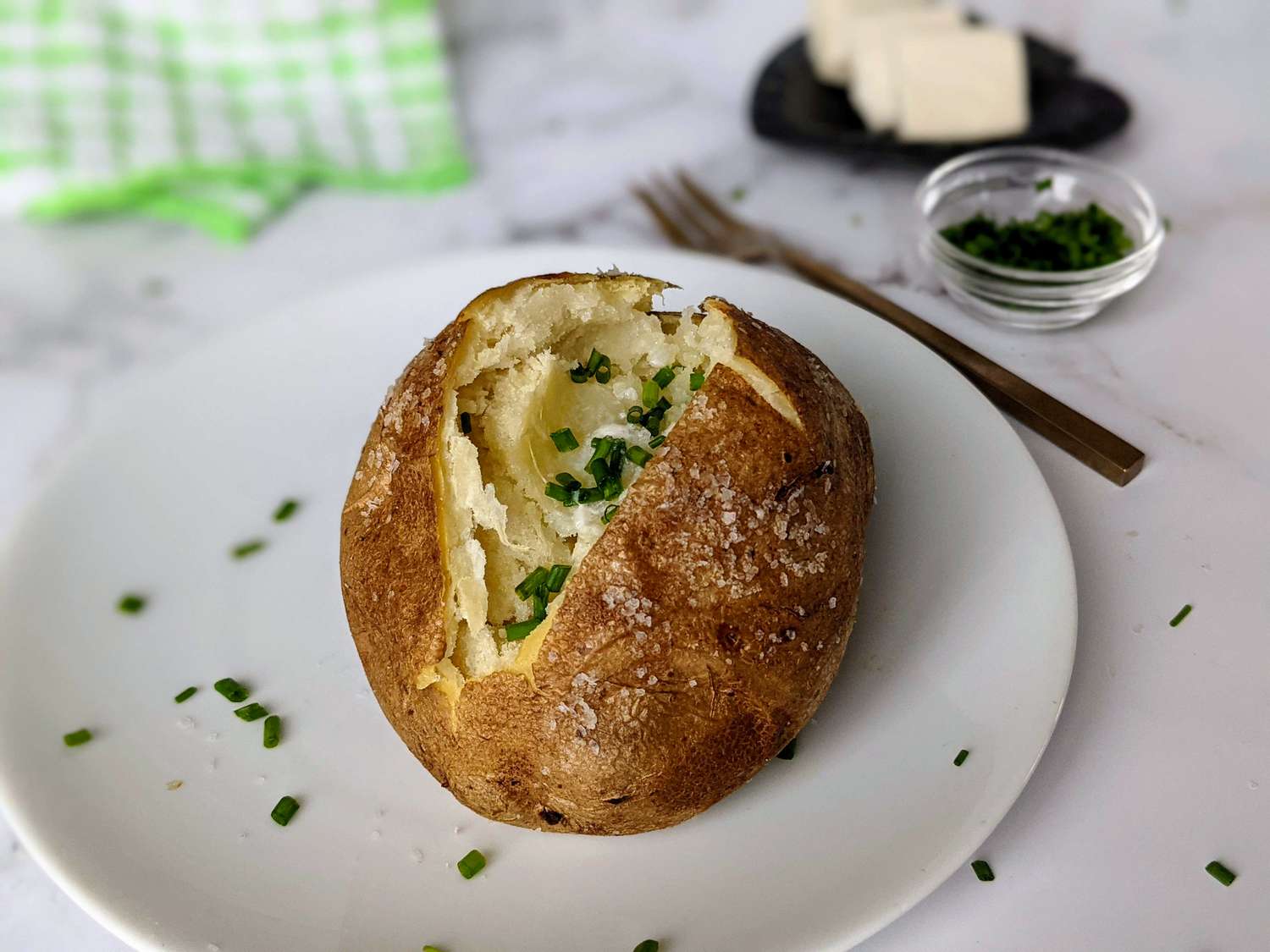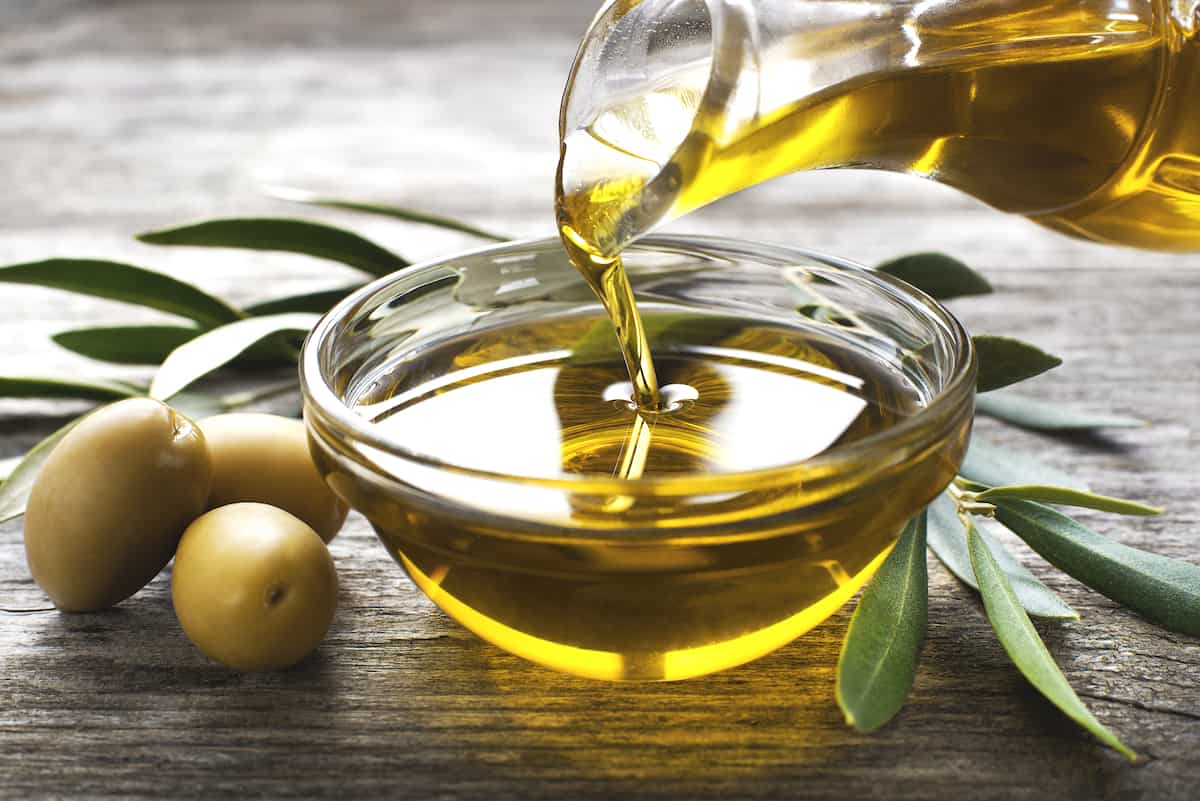Flash freezing is a game-changer in the kitchen. This technique quickly freezes food at extremely low temperatures, preserving texture, flavor, and nutrients. Unlike regular freezing, flash freezing prevents large ice crystals from forming, which can damage food. It's perfect for fruits, vegetables, meats, and even prepared meals. Whether you're a home cook or a budding chef, mastering this method can save time and reduce waste. Imagine enjoying fresh-tasting strawberries in winter or having perfectly portioned meals ready to go. Ready to dive into the world of flash freezing? Let's explore the steps and tips to get you started.
Essential Ingredients for Flash Freezing
Ingredients
- Fresh fruits or vegetables
- Baking sheet
- Parchment paper
- Freezer bags or airtight containers
- Permanent marker for labeling
Tools Required for Mastering the Techniques of Flash Freezing
Tools Needed to Master Flash Freezing
- Freezer: A standard home freezer works, but a deep freezer is better for faster results.
- Baking Sheet: Use a flat, metal sheet to spread out food items evenly.
- Parchment Paper: Prevents food from sticking to the baking sheet.
- Plastic Wrap: Covers food to avoid freezer burn.
- Freezer Bags: Store frozen items securely.
- Vacuum Sealer: Optional but helps remove air from bags for longer storage.
- Labeling Supplies: Mark dates and contents on bags or containers.
- Tongs: Handle food without touching it directly.
- Timer: Keep track of freezing times.
- Cutting Board: Prepare food items before freezing.
- Knife: Slice or chop food into manageable pieces.
- Measuring Cups/Spoons: Portion out food accurately.
- Storage Containers: Use airtight containers for liquids or small items.
Flash freezing preserves food's texture and flavor by rapidly lowering temperature. Spread items on a baking sheet, freeze until solid, then store in airtight containers to prevent freezer burn.
Why Flash Freezing is Important
Flash freezing preserves food at its peak freshness. By rapidly lowering the temperature, it prevents large ice crystals from forming, which can damage cell structure. This method maintains the texture, flavor, and nutrients of the food, making it ideal for long-term storage without compromising quality.
Another reason for using flash freezing is to prevent bacterial growth. The quick freeze process halts the activity of microorganisms, ensuring the food remains safe to eat. This technique is especially useful for seafood, fruits, and vegetables, which can lose their freshness quickly if not properly stored.
Step-by-Step Guide to Flash Freezing
Mastering the Techniques of Flash Freezing
-
Prepare Your Ingredients
- Wash and dry fruits, vegetables, or meats.
- Cut into desired sizes or portions.
- Blanch vegetables if needed by boiling briefly then plunging into ice water.
-
Arrange on a Tray
- Line a baking sheet with parchment paper.
- Spread items in a single layer, ensuring they do not touch.
-
Pre-Freeze
- Place the tray in the freezer.
- Leave for 1-2 hours until items are firm.
-
Transfer to Storage
- Remove the tray from the freezer.
- Place items into freezer bags or airtight containers.
- Label with the date and contents.
-
Vacuum Seal (Optional)
- Use a vacuum sealer for longer storage.
- Seal bags according to the machine’s instructions.
-
Return to Freezer
- Store in the coldest part of the freezer.
- Keep at a consistent temperature of 0°F (-18°C) or lower.
-
Reheat or Thaw
- Thaw in the refrigerator, microwave, or cook directly from frozen.
- Follow safe food handling practices.
-
Monitor Quality
- Check periodically for signs of freezer burn.
- Use within recommended timeframes for best quality.
Flash Freezing: Your Kitchen's Secret Weapon
Flash freezing is a game-changer for preserving food. By freezing items quickly at extremely low temperatures, you lock in flavor, texture, and nutrients. This method is perfect for fruits, vegetables, meats, and even leftovers. It helps reduce food waste and saves you time in the kitchen.
To flash freeze, spread your food items on a baking sheet in a single layer. Place the sheet in the freezer until the food is solid. Then, transfer the frozen items to airtight containers or freezer bags. Label them with the date for easy tracking.
Using this technique, you can enjoy seasonal produce year-round and have ready-to-cook meals at your fingertips. Flash freezing is simple, efficient, and a must-have skill for any home cook. Give it a try and see the difference it makes!
Common Questions About Mastering the Techniques of Flash Freezing
What is flash freezing?
Flash freezing is a method where food is quickly frozen at extremely low temperatures. This process helps preserve the texture, flavor, and nutrients of the food.
Why should I use flash freezing?
Flash freezing prevents the formation of large ice crystals, which can damage the cell structure of food. This keeps your food fresher and tastier when you thaw it.
Can I flash freeze at home?
Yes, you can! Use a baking sheet to spread out the food in a single layer, then place it in your freezer. Once frozen, transfer the food to airtight containers or freezer bags.
What foods are best for flash freezing?
Fruits, vegetables, meats, and seafood are great candidates. Avoid foods with high water content, like lettuce or cucumbers, as they don't freeze well.
How long does flash freezing take?
It usually takes a few hours, depending on the size and type of food. Smaller items like berries freeze faster than larger items like chicken breasts.
Does flash freezing affect the taste?
No, flash freezing helps maintain the original taste and texture of the food. When done correctly, you won't notice much difference between fresh and frozen.
Is flash freezing safe?
Absolutely! Flash freezing is a safe way to preserve food. Just make sure to use clean containers and follow proper freezing guidelines to avoid contamination.
